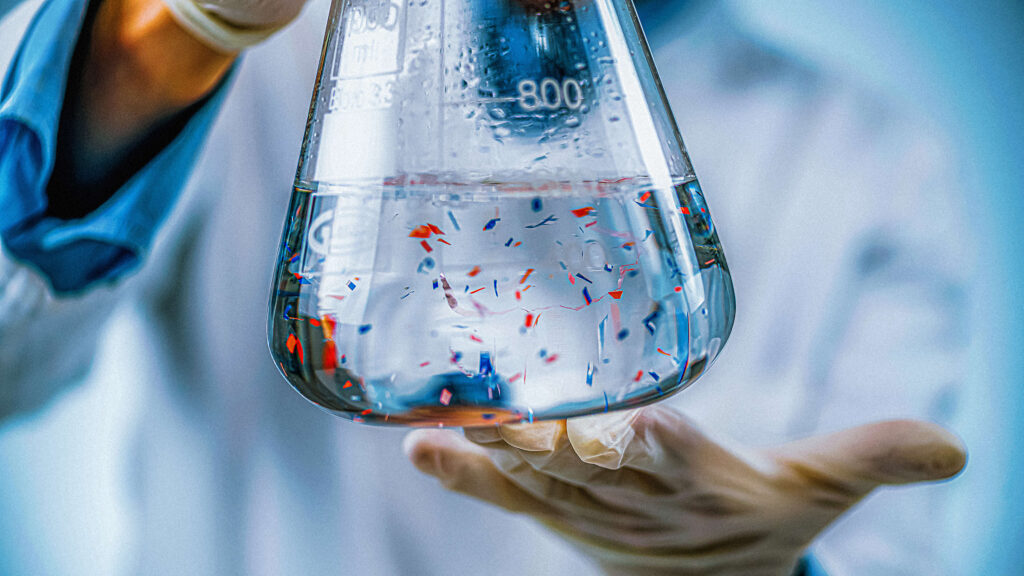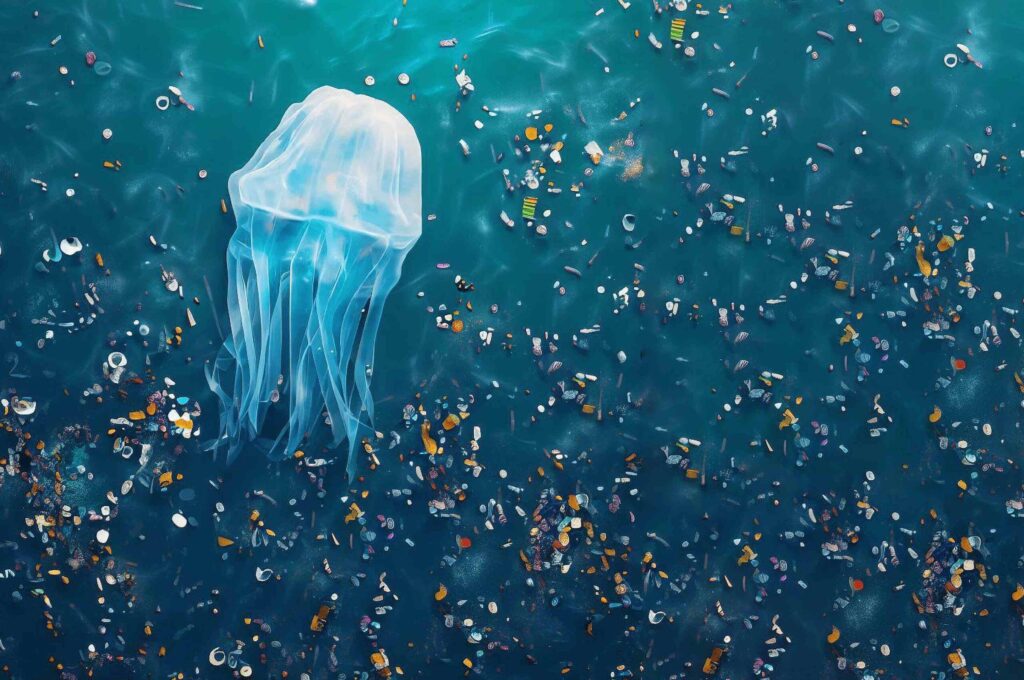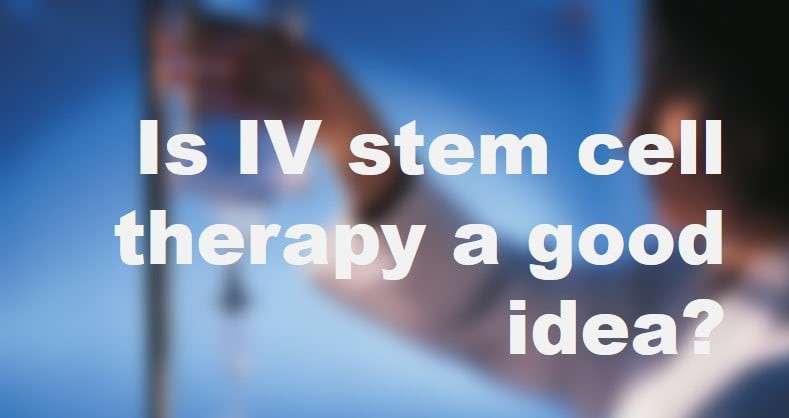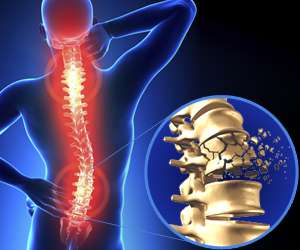
At BioXcellerator, our global reputation for stem cell therapy continues to grow. And our scientists and physicians continue to research new treatments that expand beyond stem cells and into a wider scope of science known as regenerative medicine.
As our research continues, we continue to update our readers on a wide range of new discoveries on issues that can threaten overall health. One of those is a threat that grows even more concerning is microplastics.
Microplastics: An invisible threat to our environment and our health
Over the last century or two, modern life has changed as humanity has industrialized our world. For example, the use of petroleum certainly played a major role in the Industrial Revolution, but it took many decades to realize that burning oil and gasoline could seriously impact our environment and health.
Today, more scientists are concerned about the presence of microplastics, tiny particles of plastic that have infiltrated our water supply, the food we eat, and the air we breathe. Decades ago, using plastics instead of natural materials to manufacture products seemed to be a more modern and cost-effective way to improve life, but today we are discovering that too much plastic in the environment can be a major threat.
And it’s mostly an invisible threat. Microplastics – tiny particles of plastic – are a byproduct of the manufacturing of many products such as car tires, consumer goods, and synthetic textiles. These particles also come from industrial waste, as well as the breakdown of larger plastic debris in natural environments.
According to one study, there are now more than 51 trillion microplastic particles in bodies of water worldwide. And a paper published in The Lancet, noted that every week the average American consumes plastic from food, water, and air that is the equivalent to the size of a credit card.
An unseen danger: How microplastics enter your body
Where microplastics come from isn’t as important an issue as where they end up – in our bodies – and how they get there. It’s clear that microplastics are omnipresent, from the trenches in our oceans to the peaks of high mountains and even permeating the air we breathe.
Once released into the environment, these particles begin to flow in our waterways, reach land and enter the food chain. In addition to threatening human health, microplastics can also impact the environment because of the way they can reduce biodiversity and contaminate ecosystems around the world.
Microplastics represent a health threat based on research that shows that the ingestion of these small particles can cause a wide variety of serious health issues. These include:
- Increased risk of cancer, heart disease, and autoimmune disorders
- Disruption of hormonal and reproductive systems
- Oxidative stress and inflammatory responses

The pervasive journey of microplastics
In our waterways…
When microplastics enter lakes and rivers, fish and marine mammals consume them. Then, when we consume seafood, we absorb those particles in our own bodies. One recent study by University of California Davis researchers showed that 25 percent of fish sold in California markets contained microplastics, mostly plastic fibers from clothing.
This not only affects marine life. The water we drink can also be contaminated as well. Although quantities can vary geographically, most of the water we drink – including both tap water and drinking water – contains some level of microplastics.
…and on our lands
Because they enter waterways, microplastics can be found in beach sands, which are consumed by birds and other wildlife nearby.
They can also be found in soils far from the nearest body of water. That’s partly the result of products dumped into landfills and the use of plastic-based particles in landscaping materials.
Serious health implications of toxic microplastics
While the full extent of microplastics and the impact on human health remains under investigation, evidence points to their potential to harm our biological systems. These particles can breach our bodily barriers to allow toxic substances to enter tissues throughout the body.
Ongoing research suggests that these toxic particles may carry chemicals and pathogens into our body tissues. Once ingested or inhaled, microplastic particles can accumulate in the body, in turn leading to long-term health issues such as endocrine disruption, inflammation, and other chronic conditions.

Strategies for minimizing exposure and reducing health risks
Humans encounter microplastics through:
- Diet: consuming contaminated seafood and produce.
- Water: ingesting microplastic-laden tap and bottled water.
- Air: breathing in microplastic particles, especially in urban and industrial areas.
Preventing disease in the first place is always a better approach than receiving treatment years after exposure. So here are some steps you can take to minimize exposure to microplastics
Diet and food
- Buy fresh, organic produce: This reduces your exposure to plastic packaging.
- Choose seafood wisely: Eat fish with short lifespans that likely are exposed to fewer particles – such as anchovies and mackerel – and thoroughly clean before preparing your meal.
- Store food in glass containers, avoiding plastic where possible.
In your home
- Install high-quality water filters, such as reverse osmosis systems to reduce microplastics in drinking water.
- Choose sustainable household items, such as glass, metal, or wood instead of plastic.
- Practice eco-friendly cleaning: Use natural cleaning products to reduce plastic waste.
Personal care and clothing
- Select natural beauty products: Avoid cosmetics containing microbeads or synthetic polymers.
- Wear natural materials: Clothes made from synthetic fibers can contain many microplastic particles.
- Do laundry with less water and consider line drying your clothes because dryers can shed microplastic particles.
It’s also important to keep in mind that even little things you do at home can contaminate your environment. For example, twisting a plastic bottle cap, cutting food on a plastic cutting board, or even using plastic salt and pepper grinders can produce microplastics.
Coping with microplastics, essential to human health
As you can see, microplastics represent a complex and pervasive issue affecting not only environmental health but also human well-being. At BioXcellerator, we embrace the challenge of addressing issues like these by continuing to research advanced medical treatments and promote more sustainable and holistic health practices.
And by continuing to inform our community on these issues, we are contributing to a healthier and more sustainable future for everyone worldwide.

